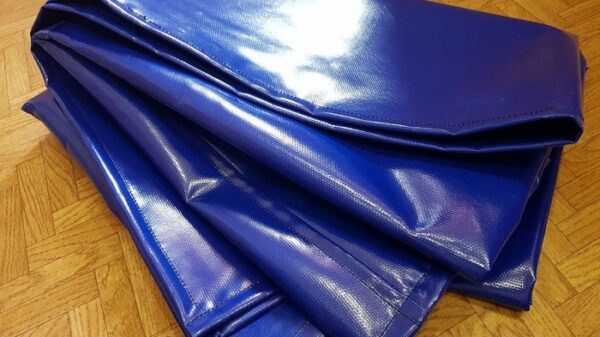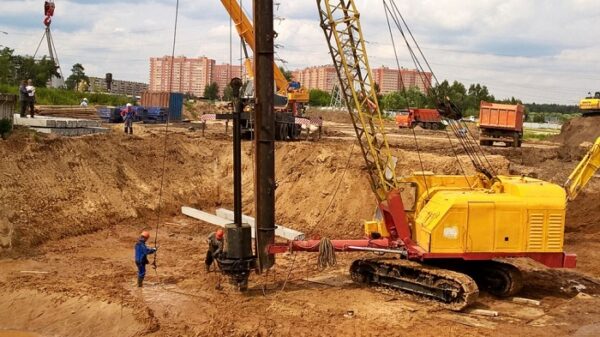Pottery is made by firing molded and dried clay. As a result, clay is transformed into an unnatural stone, which has strength, density, water resistance, frost resistance and a long service life. Impurities are sometimes added to the clay before firing to dry it out. These impurities make the shrinkage of products less, reduce the density with thermal conductivity, add porosity. The composition of impurities includes crushed ceramics, ash, sawdust, sand, coal, slag.
The firing temperature is determined by the beginning of clay melting. Ceramic building materials are divided into dense and porous. Dense have saturation greater than 95% and less than 5% water absorption; compressive strength – up to 100 MPa; wearable (floor tiles). For porous ones, the density is up to 95%, water absorption at a level of no more than 5%; compressive stability limit no more than 35 MPa (drainage pipes, bricks).
The warehouse of ceramic materials and handicrafts from fusible clays includes: parallelepiped bricks with aggravating additives (or without others), such brands as: 100,125,150,200,250,300; hollow stones for laying transferable walls, partitions, cladding; light bricks used when laying walls from the outer sides and indoors with normal humidity; greasy clay tiles; drainage pipes for the construction of drainage and irrigation systems, collector-drainage conduits.
The warehouse of ceramic materials and products from refractory clay includes: trapezoidal stones for laying underground collectors, sewerage devices; facade tiles, which are used for
wall cladding, panels, blocks; various floor tiles for buildings with a wet regime; roof tiles used in roofing in construction.




